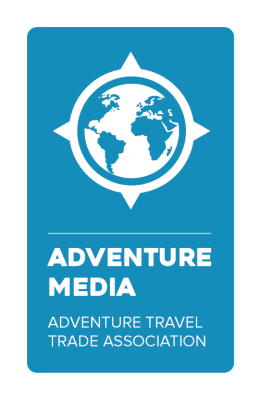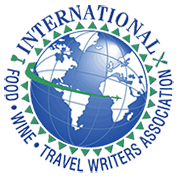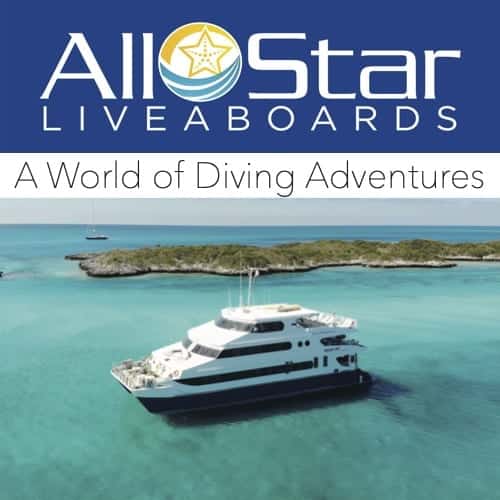Doug’s shirt said, “The mountains are calling, and I must go,” while Skip’s read, “Into the forest I must go, to lose my mind and find my soul.” We wore them proudly because we earned them summiting Mt Bierstadt, a 14,065-foot-high mountain in Colorado. You can see we aren’t spring chickens, but by following these tips on how to prepare for a hike, we made it.
If we seem to be on cloud nine, we were, but it didn’t happen without months of hiking prep and perseverance. Six years ago, it took everything I had to climb a 4000-foot mountain along the Appalachian Trail. Now, at age 72, I ascended a 14er–all by answering these nine cogent questions, and so can you. These hiking tips are for anybody. Even if you’re suffering from physical limitations, a crisis of confidence, or carrying emotional baggage from the past (as I was), you can do it!
Basic Approaches on Planning for a Hike
Those who go to the mountains must also plan and practice for the hike. Do this well in advance. Anticipation and preparation are half the fun but also half the work. Lots to ‘get’: get efficient gear, get in shape, get the team fully onboard/organized, get reservations (air travel & lodging), and get ready for contingencies.
In our case, such fun work began four months ahead of time back home and paid off in five days of hiking the Rockies. In your case, if at the planning or prep stage of your next mountain trek, consider these nine cogent questions (or issues to resolve) as you approach your mountain.

The First Question in Planning a Hike: Do You Want a Strenuous Technical Climb, or a Moderate Mountain Hike?
In order to answer the first question in planning a hike, review your bucket list. Then pick a destination appropriate to your physical condition, accessibility, and hike-ability. Raise a flag—in my case the clarion call issued by John Muir—and see who else salutes the flag or likes your idea enough to join you.
Muir’s call was to work as a naturalist and make a significant scientific contribution. My team, instead, accepted his challenge as a call to hike the Rockies. To be sure, Muir had Yosemite and the high Sierras of California and Nevada in mind, but we heard Bierstadt calling, so we went for it.
Despite our love of challenges, we liked Bierstadt for its hike-ability, especially for first-timers, Boomers, and anyone with physical limitations. That was us. We wanted to be challenged, not crippled.
From guidebooks on Colorado’s 14ers, we knew Bierstadt to be ‘easier,’ but still ‘strenuous’ by most measures. The two most common factors that go into trail rating are elevation gain and distance. The National Park Service has a complicated algorithm that takes the square root of twice their product, but math is hard, so I like the Sierra Club system that just aggregates the data and takes the larger of the two factors.
The Sierra Club definition of a ‘strenuous’ hike is nine or more miles with significant elevation gains and losses greater than 2,500 feet. This put Mt Bierstadt as a borderline strenuous hike, but this more to hiking difficulty than elevation gain and distance.
Factors to consider for hiking difficulty include:
- Distance – Distance determines how far you will hike and how long you’ll be hiking.
- Elevation Gain – Elevation change is a physical challenge and a logistic challenge because the temperature drops 5° for every 1000’ gained.
- Accessibility – Ease of access is important for your hike planning as well as potential rescue situations.
- Altitude – Higher elevations (anything over 8,000’) require additional consideration for altitude sickness, which increase exponentially the higher you go.
- Weather – Weather issues can include extreme heat, inclement weather, and trail closures from rain, snow, flooding, or fire.
- Permits – Access to many of the most popular trails (and parks) in the National Park system require permits that you’ll need to apply for months (and sometimes years) in advance.
- Technical Difficulty – The Yosemite Decimal System rates the difficulty of hikes, trail runs, and climbs from 1-5, where a one is a well groomed and marked trail while and a five is rock climbing with ropes. All the standard “hiking difficulty” ratings assume a class one, well-marked trail.
Having identified the ‘wilderness’ or ‘mountain’ (goal or task) set before us—we then faced questions of ways and means.


What’s the Best Season for Hiking–Summer, Fall, or “Shoulder Season”?
To avoid crowds at popular parks (like Rocky Mountain National Park), the in-between or shoulder season (post-Labor Day, pre-snowfall) is best. You can then find parking at trailhead whenever you get there, plus enjoy sights and sounds of the wild without constant interruption. But with kids back in school, the parks will have fewer staff, and some amenities or locations may be closed off.
However, there are reasons summer hikes are so popular. Our schedule constraints forced us to plan our Bierstadt hike for August. There was no snow, but plenty of people. There were also abundant wildflowers along the trails. Fall was a possibility too, but at higher elevations the weather can be touch and go, which adds a level of logistic difficulty that we didn’t want to contend with.
You will put ‘your mountain’ on a calendar, too, after deciding the optimal time to do it. Then break out the logistical and training steps involved, as you reverse engineer this. Map it out, pace yourself, and put those intermediate steps on the calendar, too. The more you can visualize your goal and how you can achieve it, the more likely it is to become reality.

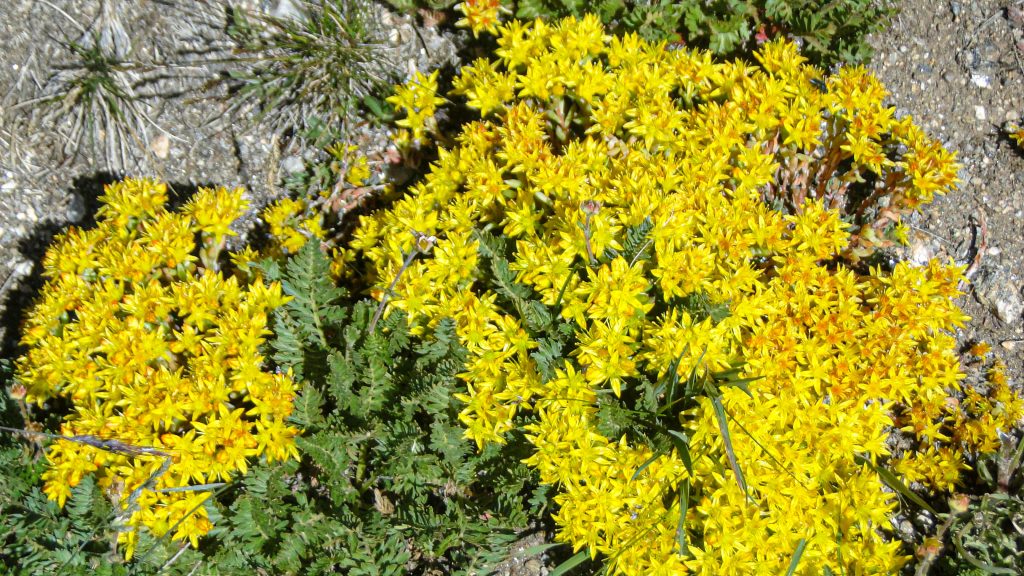
How Do You Get to the Trailhead?
How do you get to the trailhead is a complex question. First, you have to decide on your “gateway city.” For us, this was Denver because of the easy flight connections. From there, you have to reach your lodging. We decided to rent a car because public transportation was logistically impossible, plus we wanted to pick up supplies along the way.
Finally, you need to get to the trailhead itself. Sometimes there’s limited parking or mandatory shuttle service within the park that adds to the morning timeline. Luckily, the Mt Bierstadt trailhead had reasonable parking, especially mid-week.
While all of these steps might seem inconsequential, the cumulative effect of all these little things add up to increased task loading, which leads to mistakes and accidents. NASA uses six subscales in their task load ratings: mental demands, physical demands, temporal demands, own performance, effort, and frustration. While you can’t change the physical demands, proper preparation for hiking reduces mental demands, temporal demands, and frustration.
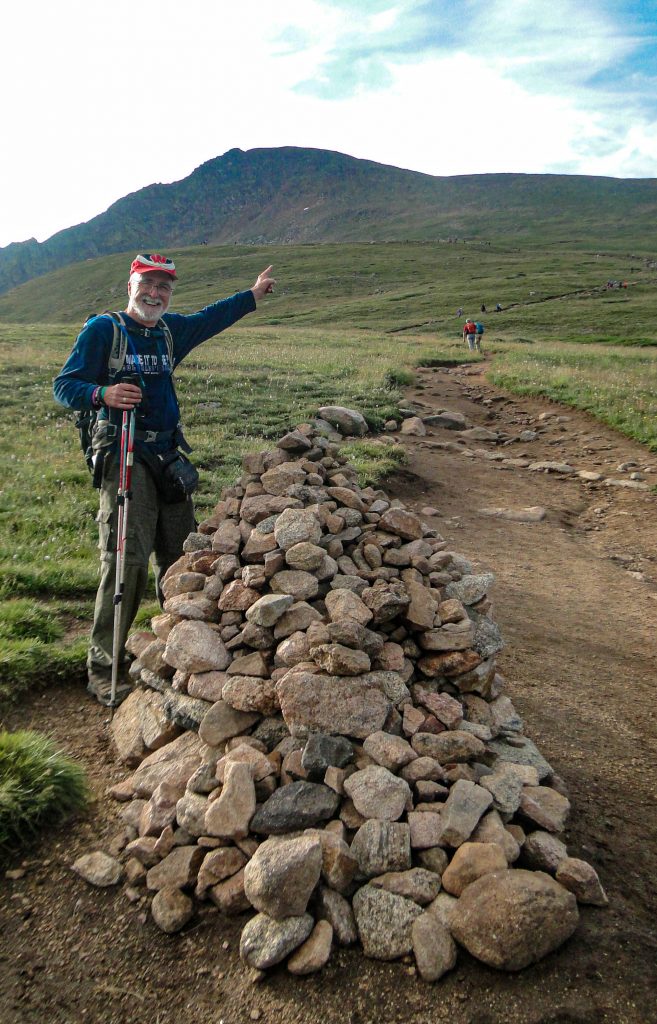
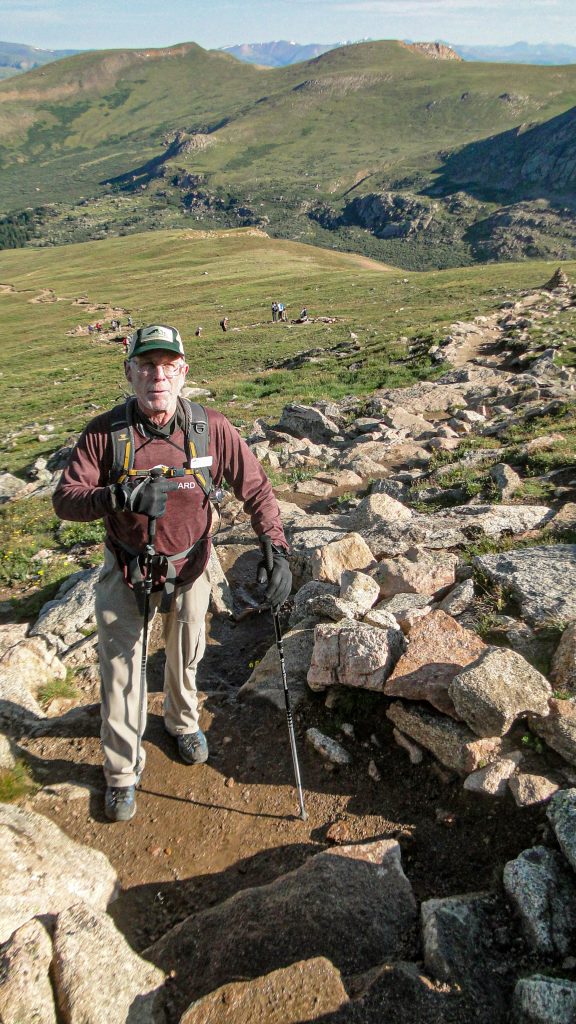
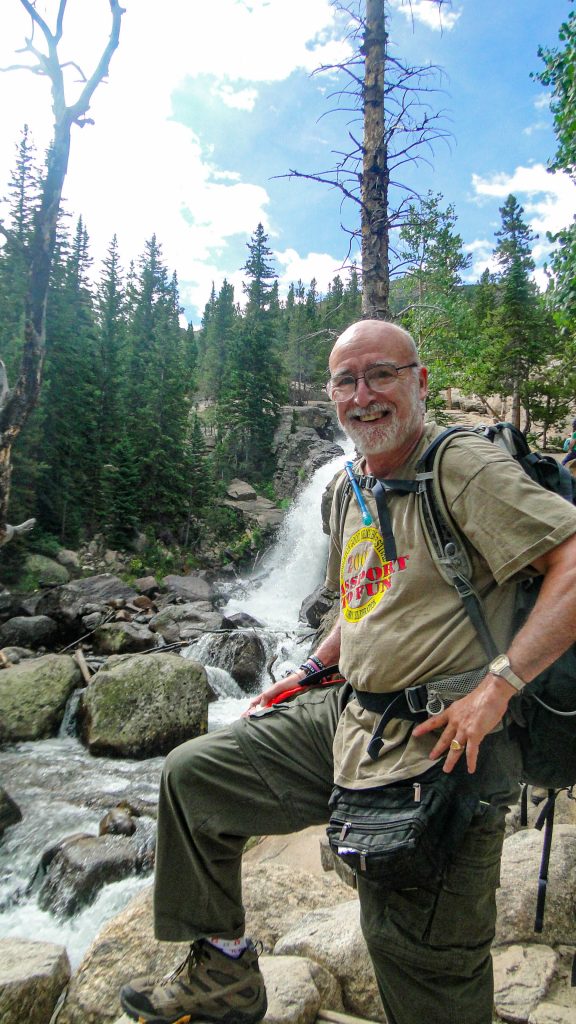
What to Carry: Overnight Backpacking, or Daypack Hike Only?
Other than long-distance trekking routes, few trails require backpacking. Preparing and carrying your packing list with tent, food, sleeping and cook gear is a weighty proposition (pun intended). The last time I backpacked (section hiking on the Appalachian Trail in Virginia and North Carolina), I carried 45 pounds—way too much for my aching, arthritic body to handle.
I much preferred a daypack of 10 pounds, half of which is water. That’s all we needed to do, thanks to sleeping and dining at a lodge. (See also question #7 below.) The surprising thing is that the cost of gear in money and the time it takes to carry everything means that, for most hikes, you will not gain any logistical benefits from backpacking. The question is, where do you want to sleep, which, ironically is our next section.

Where to Sleep: Lodging, Basecamp, or Tenting in Wilderness?
This decision follows from the previous one. Basecamp can be a tent, car at a trailhead, or base of some mountain. It can even be a comfy lodge that you return to by car or shuttle each night.
The choice for car-camping was eliminated when we chose to fly to a gateway city. You can’t pack all your car-camping gear onto a plane. That left either backpacking or getting a lodge.
Ours was the latter. Given our bad backs, we lodged and ate at the YMCA of the Rockies in Estes Park. There’s something undeniably nice about returning from a full day of hiking to a hot meal, warm shower, and comfortable bed. Also, by choosing a well-appointed lodge, we cut down on a substantial amount of trip planning and task loading. Your choice will be based on similar priorities of time, ability and comfort.
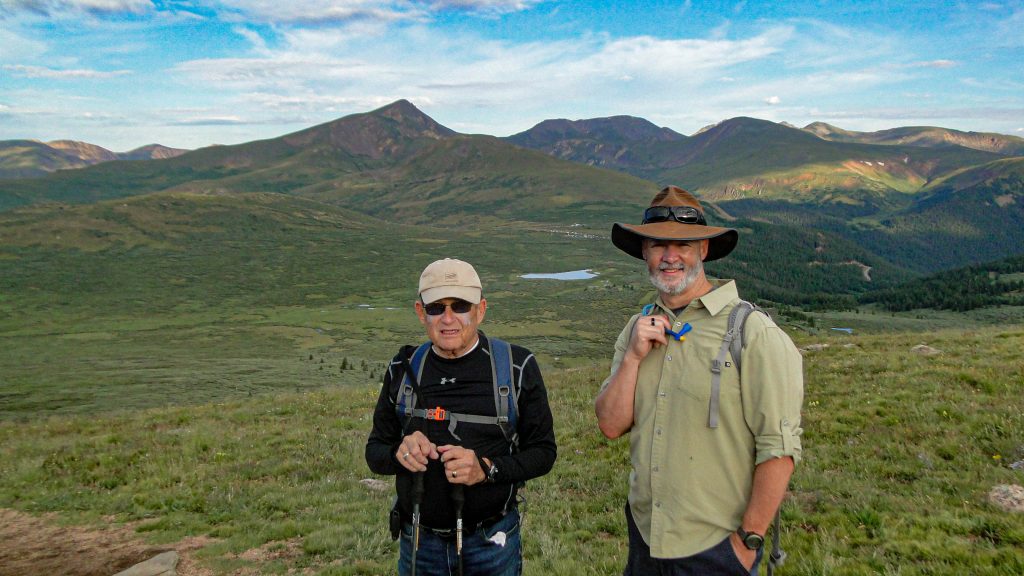
Do I Join a Private Group, or Buy into a Group Led by a Pro?
There are pros and cons to each hiking option. A private group can be more flexible and selected towards your preferences, while a professionally led group eliminates much of the task loading. But first, let’s define some terms.
By ‘professionally led,’ I refer to REI-led and equipped adventures, of which there’s one to/from most every National Park. Guided trips are at fixed times of the year—perhaps inconvenient to you. All will be for a set length (3-day, 6-day, 9-day). Some will be targeted by age (35 and under) or gender (female only). If you have sufficient funds and people, REI will customize a trek for you.
REI isn’t the only player in town, and in many locations, you can arrange for porters to carry your gear, which makes backpacking more enjoyable.
A professional group will cost more, but it’s safer and comes with less task loading. However for me, I enjoy the logistic challenge of planning hikes and the redemptive sense of accomplishment from reaching my goals.
I also adore the comradery of a private group. That’s why I chose to gather up a cohort of good teammates. I expand more about the importance of your hiking team in my personal narrative of hiking Mt Bierstadt. But the long story short is that “Two are better than one, because they have a good return for their labor. If either of them falls down, one can help the other up.” More than once, it was my team that helped me up, and I attribute my success climbing Mt Bierstadt at age 72 to my team, as much as to my training. There is safety and support hiking with a well-led cohort, also pure joy of making new friends.
![group photo taken August 3 (Day 3) at Ouzel Falls, en route to Ouzel Lake. - We are blessed with hiking partners responding to that call of the mountains (L-R: Skip, Joshua [our guide], Ken, Regina, Ryan & Leslie, their son Levi and friend Tobin)](https://www.colemanconcierge.com/wp-content/uploads/2022/11/Mt-Bierstadt-10-1024x576.jpg)
What Workout or Exercise Routine Gets Me Ready to Hike?
Not a question to be answered last. Every week of preparation, do whatever you can to build up leg strength and lung capacity. I worked out daily, 25 minutes at a clip. Then, with two weeks to go, I went for long simulated hikes, even wearing a pack loaded with the gear I would be taking.
And, of course, practice hiking with the shoes you will be wearing on the mountain. I found firm, comfy shoes—Merrill’s—with a big toe box to fit persnickety toes; I break in those shoes.
Get up for your workouts. Push for consistency in training routines that work. You’ll want to build lung and leg capacity was the goal. So, in my case, I did 7-mile hikes. Longer bike rides, treadmill walks, or Stairmaster workouts also help—if that’s your thing. You can hop off a Stairmaster before time’s up—I often did. But on long loop hikes, there’s no hopping off. You’re committed to finishing.
Gradually build up your hikes: Hills before mountains, YMCA of the Rockies before Bierstadt.
My climb up Bierstadt began in the flatlands of Madison, WI, and bluffs within 60 miles of home. I knew that hometown hikes would not be enough to get fit. My approach had to include hills but also mountains. We flatlanders had to acclimate to the higher altitudes.
Hence, I signed up for three intermediate hikes in Rocky Mountain National Park before tackling Bierstadt. We hiked at 8,400 to 10,020 feet in altitude in RMNP in those three days, before hitting the slopes of Bierstadt, which begin at 11,600 and top out at 14,060 feet.
Training Hikes for Mt Bierstadt:
- Hike One – 3.3 roundtrip miles to Emerald Lake, with 650 feet of altitude gain
- Hike Two – 5.8 roundtrip miles to The Loch, with 1,000 feet of altitude gain
- Hike Three – 10 roundtrip miles to Ouzel Lake, with 1,695 feet of altitude gain
This hiking regiment helped me acclimate to the higher altitude while performing a final gear checkout. On the four day, I rested, and then began our trek to the summit. My hiking compadre, Skip, reinforced the need for an in-between day of rest:
“The third hike of 10 miles did me in, and if you hadn’t planned a day of rest before Bierstadt, I don’t know if I would have made it. This, in my opinion, was one of the most important parts of our trip. If you hadn’t had the foresight to have included these prep hikes, the venture could well have had a much less satisfying ending.”
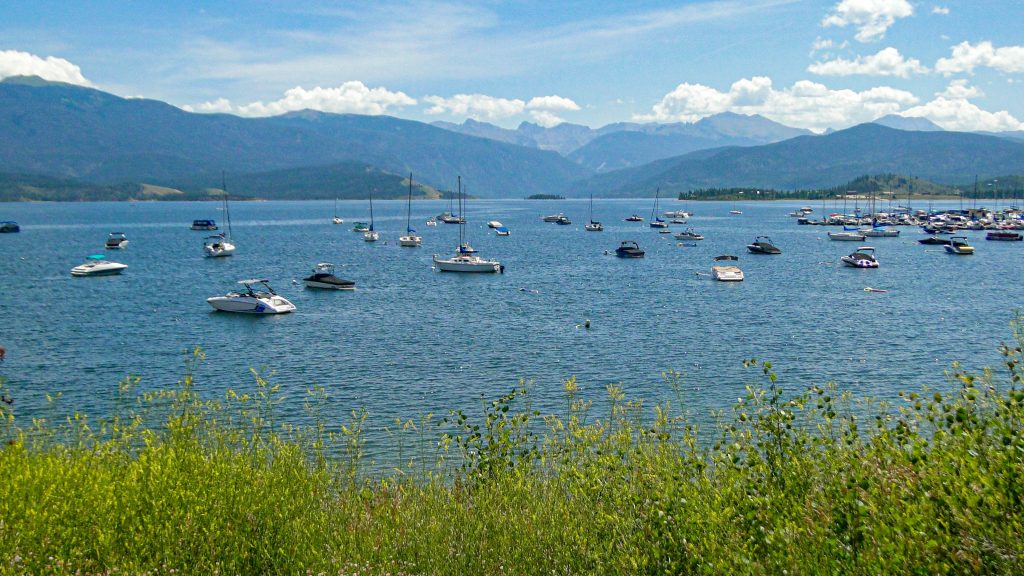
Do I Have all the Right Gear for Hiking?
Selecting the right gear to pack for a day hike is critical. It’s so important to designate someone to bring the group gear (maps, first aid kit, small multi-tool repair kit), then focus on what is needed by each person (clothing, daypack, camelback water bladder). If you’re flying into a destination, consider whether an item is a carry-on, or checked baggage, or something to buy upon arrival.
If you’re not returning to the same basecamp each night, there’s an extra level of task loading (there’s that word again). You could just carry everything, but you could task a sherpa or send most of your gear head. This will let you daypack a much lighter load. Inn-to-Inn hiking in Europe and America offers such blessings.
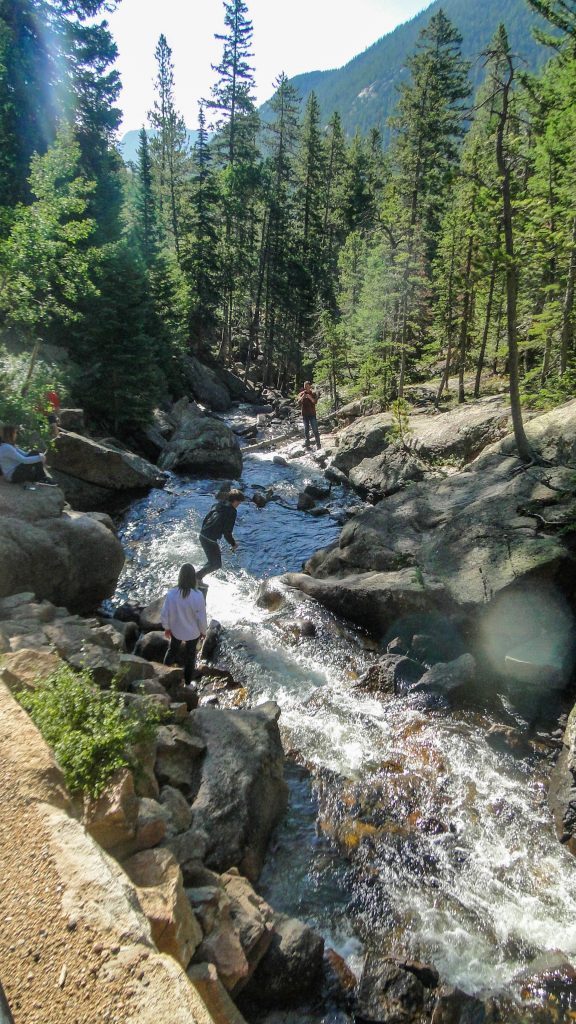
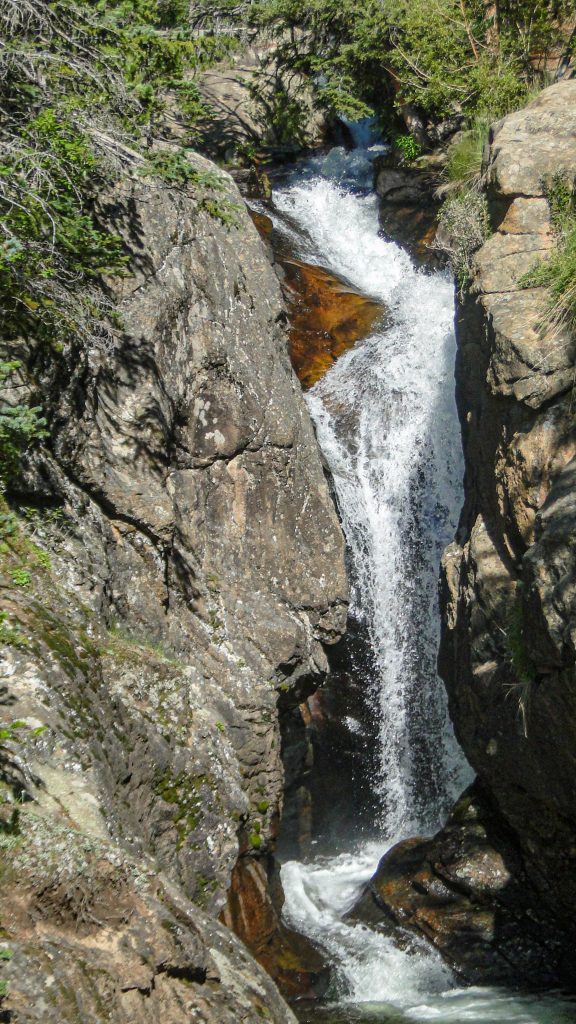

How to Treat and Prevent Altitude Sickness?
As stated earlier, altitude sickness is a concern any time you climb above 8000 feet. It’s a top of mind question if you’re 72, from Wisconsin, and want to climb a 14er in Colorado. It starts with acclimation and hydration, but it shouldn’t end there.
Make sure everybody knows how to recognize and treat altitude sickness. So keep an eye on each other throughout the hike. Check in regularly and don’t be afraid to turn back if need be. You don’t need to reach the summit, but you do need to make it back. Well beforehand, check with your doctor to see if they would prescribe altitude sickness pills, such as Acetazolamide.
It’s a good thing that we planned ahead for the altitude. Skip said of his experience, “I found myself huffing a bit for the first 10-15 minutes of each hike, but then that went away.” As for me, atop Bierstadt, I felt initially dizzy and was sucking air and water. But altitude sickness was kept minimal and mild. No big deal.
Others we know got very sick, heaving what they ate, unable to finish and requiring hours of rest and assistance to get down the mountain. Altitude sickness even afflicted four of five firefighters, all in good shape. Evidently, it’s not the shape you are in, but your ability to process oxygen that makes the difference.
The taller the mountain, the more you need air. So, prepare to breathe. Inhale… Exhale…. Reaching the top, you can wear my shirt: “I made it to the top: Colorado 14ers. Got Oxygen?”
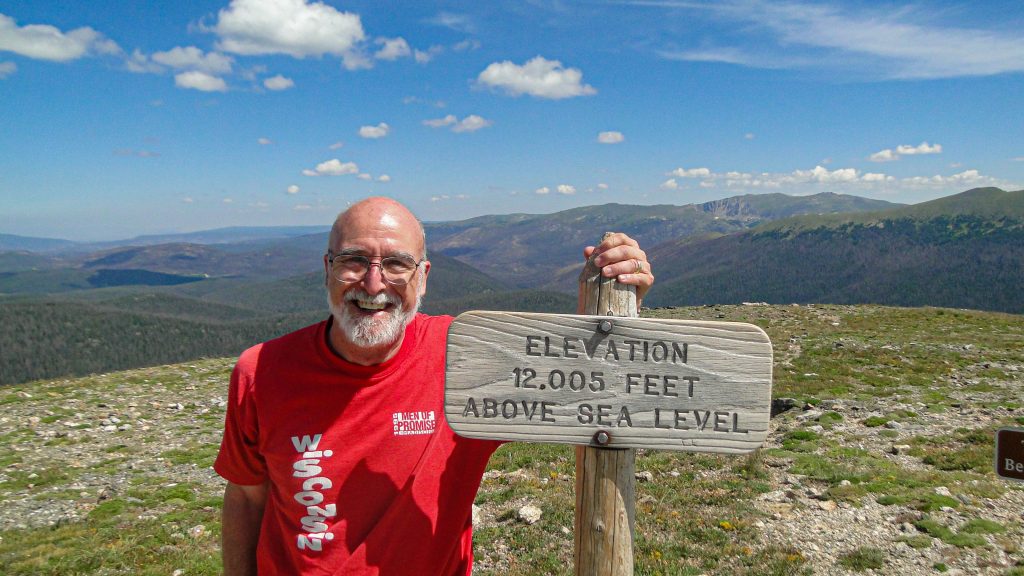
Parting Thoughts on Mountain-Readiness
The mountain-readiness metaphor could also apply to everyday work. If you have especially extraordinary projects, you will want to gear up. Choose the right equipment, the right time, the right team for the job.
On your project, as with mountain hiking, you will want to gather a cohort to walk through this together. You will want to test your ideas with prospective teammates to see if they fly. Trial runs, first. And walks before runs, shorter walks before longer ones. Flats of Madison before bluffs of Wisconsin Dells. 9000- to 10,000-foothills of Estes Park before the 14,065-ft Bierstadt. Simulated work or hikes, in short stretches, before launching the real deal, start to finish.
As you approach the mountain that lies before you, prepare yourself for contingencies. Missed connections, sudden falls, bad weather—such contingencies can throw a wrench in your plans. Pray for the best and plan for the worst. And remember that planning and anticipation are half the fun.

Dietrich Gruen. For almost five decades, he has been a pastor in various settings: first with students on college campuses in Minnesota and nationwide, next writing/editing books and Bible projects, later with the dying and their families in hospice, now in a second decade working with the poor and (more recently) those impacted by COVID-19. He is the husband of one, parent of three, grandfather of three. He competes in racquetball and slowly treks mountains—12 summers in the Rockies and the Appalachian Trail. Dietrich aspires to visit 2-3 more National Parks every year before turning 80.
Like it? Pin it for later on Pinterest!

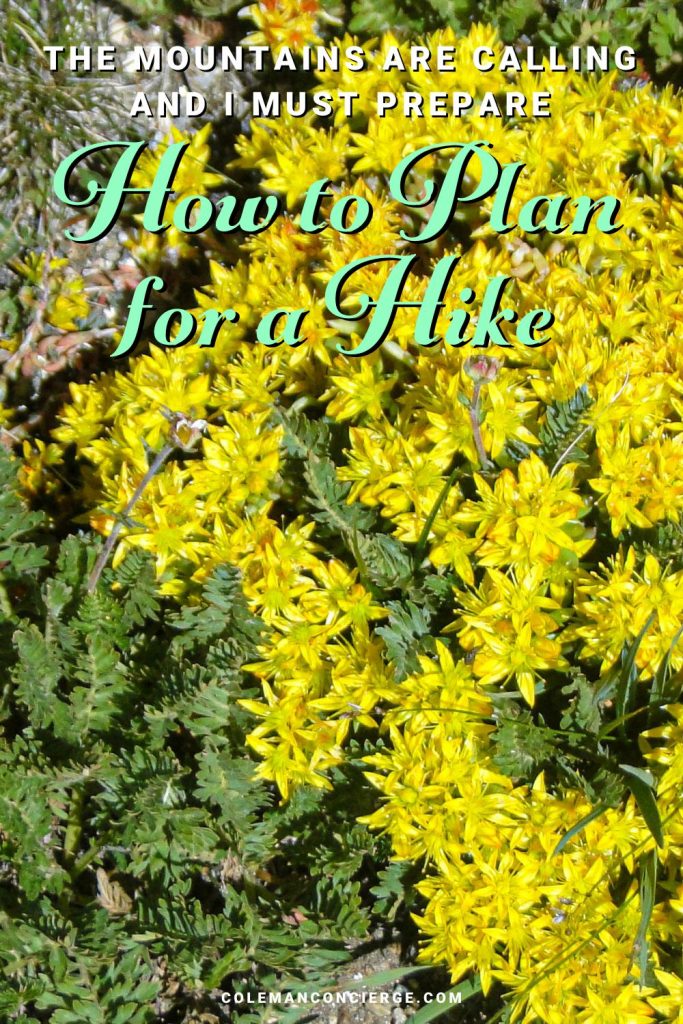
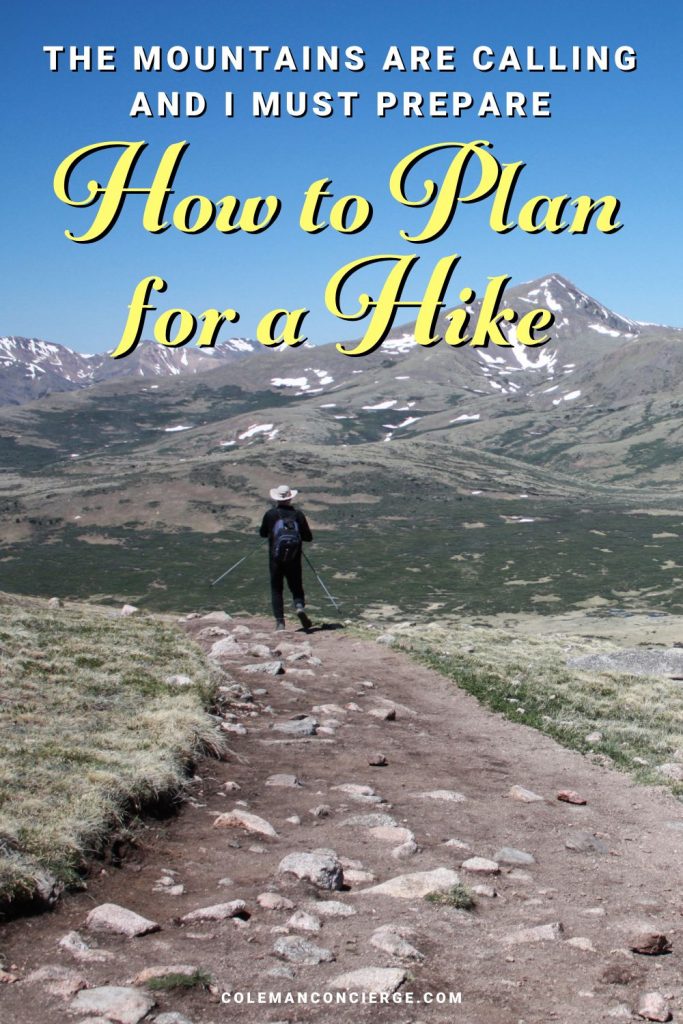


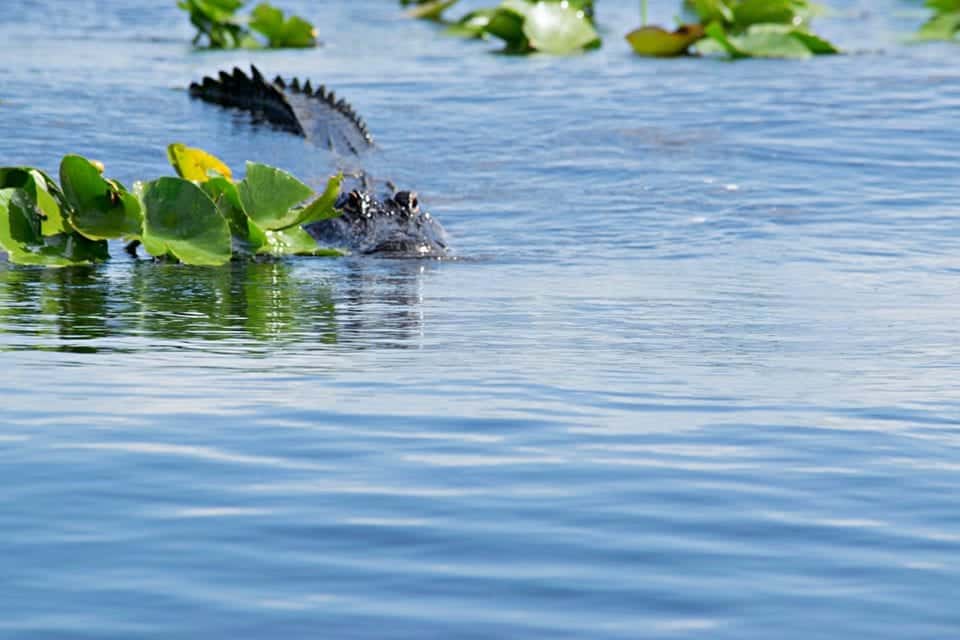
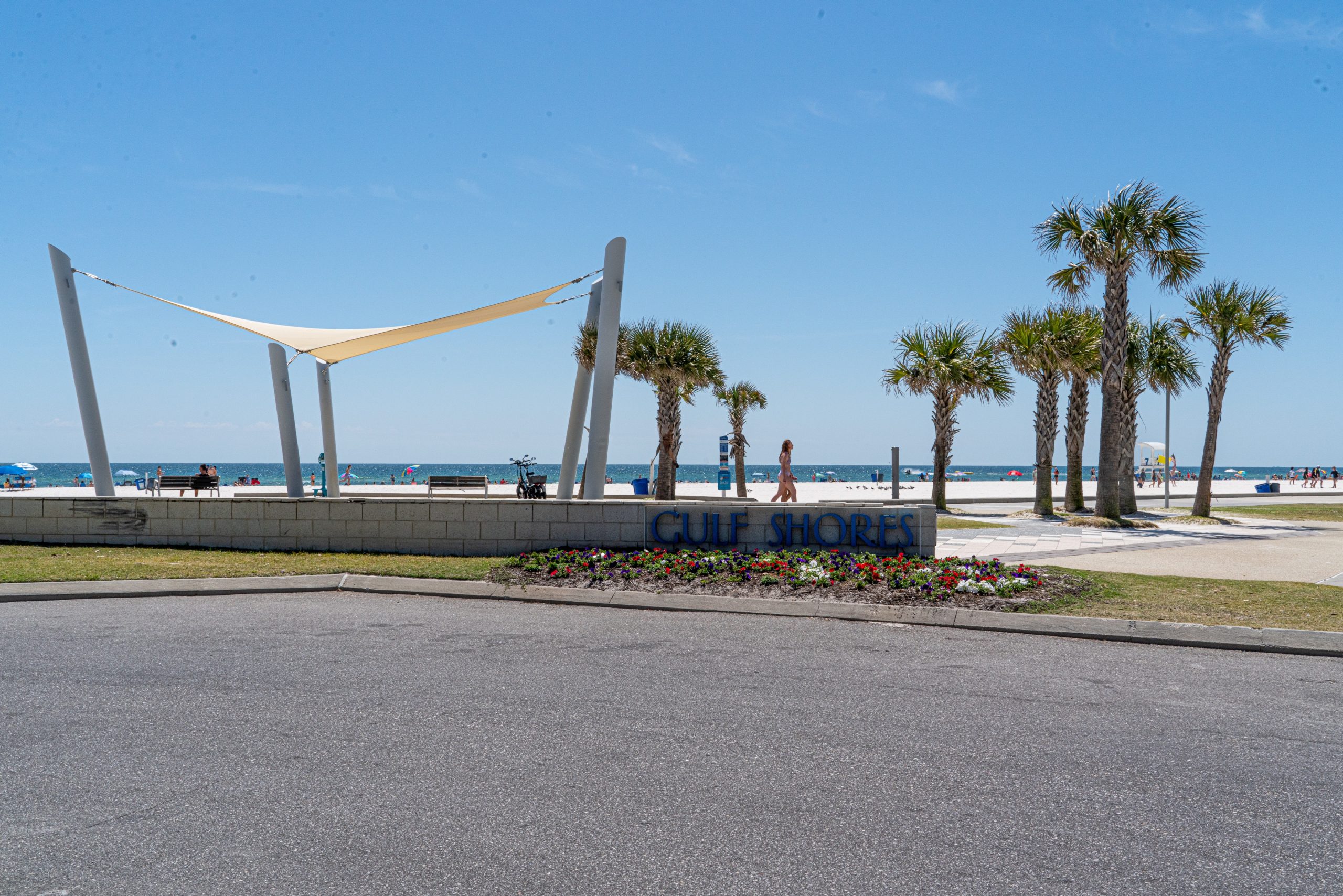
 Hi! We are Jenn and Ed Coleman, and together we are Coleman Concierge. It is our goal to inspire you to get out, expand your world, and to seek adventure, even in your own backyard.
Hi! We are Jenn and Ed Coleman, and together we are Coleman Concierge. It is our goal to inspire you to get out, expand your world, and to seek adventure, even in your own backyard.


